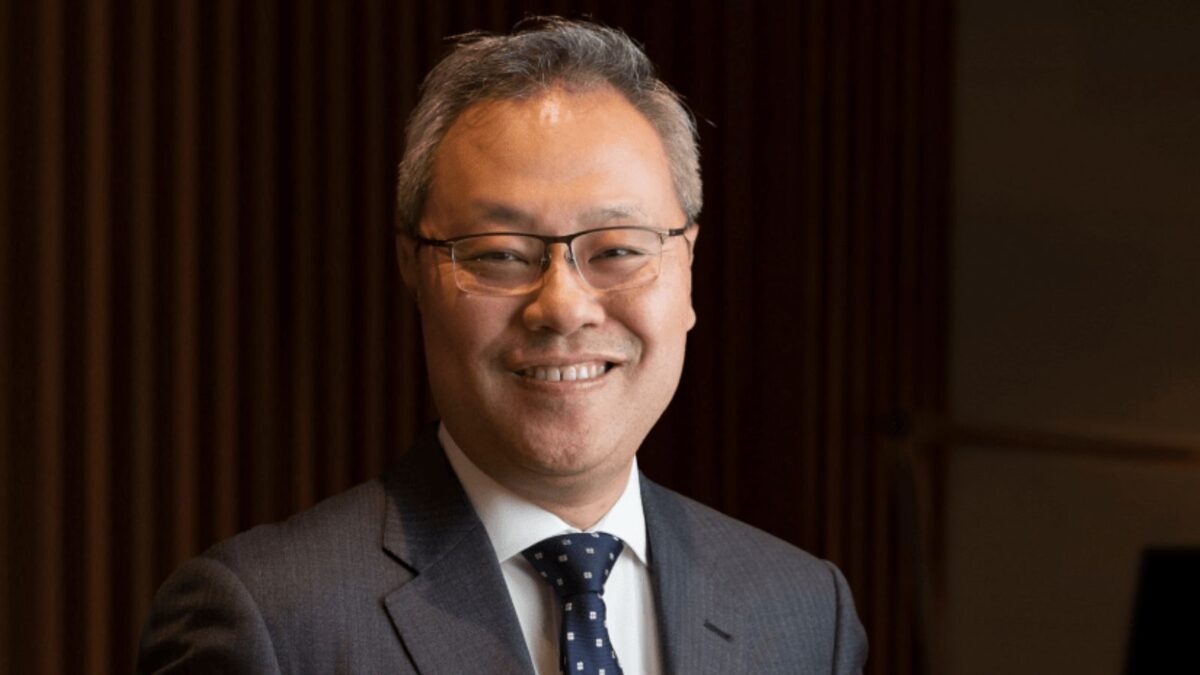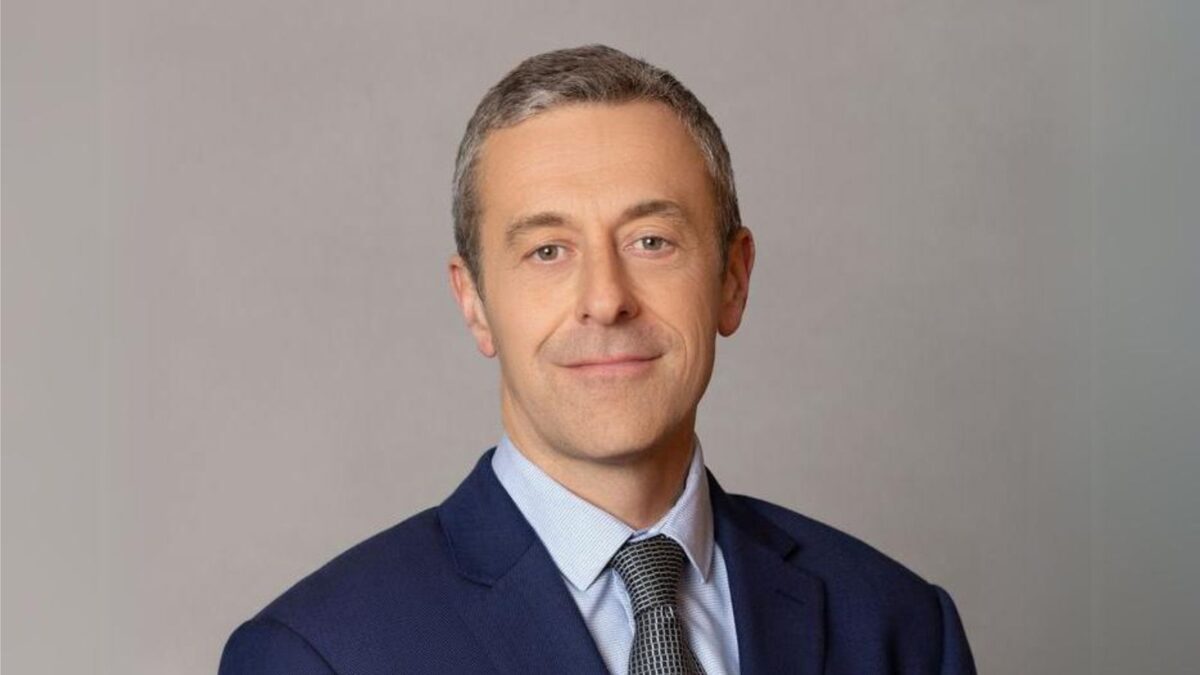Regulator finds hedge fund sector in good health, but…
Global hedge fund assets have soared by more almost a quarter over the last two years to hit US$3.2 trillion, according to research published last week by the ‘über’ financial regulator body.
The International Organization of Securities Commissions (IOSCO) biennial hedge fund report says the stellar growth in the sector assets under management – probably driven by a mix of performance, inflows and more transparent reporting – was mirrored in the ‘liquid alternatives’ market.
Since 2010 the number of European liquid alternative products, which offer hedge-like strategies but with daily or weekly liquidity in traditional fund structures, has more than tripled as assets under management rose from US$100 billion to US$400 billion, the IOSCO study says.
“The growth of this market is part of a wider trend towards the convergence between traditional asset managers and firms that have historically managed hedge funds,” the paper says. “Liquid alternatives often represent the vehicle through which traditional managers are launching products that are more alternative in nature, and alternative fund managers are attempting to capture a wider audience for their investment strategies.”
However, the US$3.2 trillion IOSCO tally mostly excludes the bubbling liquid alternatives market, the report says. As at September 2016 the latest IOSCO survey covers almost 2,000 hedge funds, representing an increase of more than 500 since the 2014 study.
The report says the hedge fund population increase was likely due to better reporting to regulators and “consolidation of smaller funds into larger ones that meet the minimum size threshold [of US$500 million]”.
Cayman Islands remains the hedge fund domicile of choice, accounting for 53 per cent of all assets in the survey, followed by the US (29 per cent), Ireland (6 per cent), British Virgin Islands (5 per cent), and Luxembourg (4 per cent).
Equity long/short is the most popular hedge fund strategy, representing 20 per cent of assets under management, with multi-strategy (18 per cent), macro (16 per cent) and fixed income arbitrage (15 per cent) also rating well.
Leverage (excluding interest rate and forex derivatives) stood at 3.1-times assets under management or 1.1-times on a net basis, the IOSCO survey says.
“At an aggregate level, there is a considerable liquidity buffer, suggesting that in normal market conditions hedge funds should be able to meet investor redemptions,” the report says.
Despite the generally subdued risk profile of the sector about 3.8 per cent of hedge fund assets faced redemption constraints via “gates, suspensions, or side pockets”.
“The total value under special arrangements has stayed fairly consistent over time. The figure from the 2014 sample was 2.90% and 4.10% in 2012,” the IOSCO survey says. “These are all, however, just snapshots at particular points in time. It is also worth noting that of the $20.1 billion under suspended redemptions, more than one-fifth of this came from a single fund.”
Last week IOSCO also released a new set of guidelines listing 14 ‘good practice’ standards to ensure smooth and equitable
fund closures or mergers.
The ‘IOSCO report on good practices for the termination of investment funds’ notes death is part of the “natural life span” of products – although in most cases euthanasia hastens the process.
“Responsible entities [REs] decide to terminate investment funds for many different commercial reasons,” the IOSCO paper says, including post-launch failure to attract assets, cost pressures following significant outflows, or operational restructures.
“In the main, however, a poor track record over a prolonged period of time is one of the primary reasons for investment fund terminations,” IOSCO says.
But how responsible entities go about shutting funds has important consequences for investors, the paper says, with its 14 principles focusing on formal planning, disclosure and communication as key elements in managing product wind-ups.
“The decision to terminate an investment fund can have a significant impact on investors in terms of the cost associated with such an action or the ability of investors to redeem their holdings during the termination process,” the IOSCO report says. “Throughout this process investors, whether retail or professional, have an important stake linked to the ultimate value of their investment in a fund at the time of termination and their ability to withdraw their investment from the fund in a timely manner.”
IOSCO says REs must take particular care around “illiquid or hard to value securities” such as property, commodities or hedge fund assets, to ensure “the best possible outcome” for investors during a termination.
Under fund merger conditions the RE should cover all related “legal, advisory and administrative costs”, the guide says.
“Where the responsible entity proposes not to incur these costs, this decision should be documented in the investor communication including a rationale for the decision,” the IOSCO paper says.
Elsewhere it recommends institutional investors should be able to redeem assets ‘in specie’ following a decision to shutter funds.
IOSCO, the peak global financial regulator body, currently boasts 218 members – including the Financial Markets Authority – of which about 130 are ‘ordinary members’ representing “national securities commissions”.
– David Chaplin, Investment News NZ









